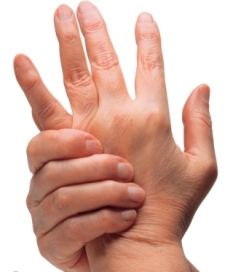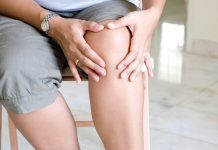Latest research on rheumatoid arthritis in women has revealed that excess weight is one of the risk factors.
The findings were presented at the annual meeting of the American College of Rheumatology, held in Washington DC.
The research comes at a time when 1.3 million Americans are falling prey to this painful condition every year.
Rheumatoid Arthritis and Women
 Rheumatoid Arthritis (RA) is a condition of the joints and affects more women than men. It causes stiffness of the joints accompanied by pain, swelling and restricted movement of the joints.
Rheumatoid Arthritis (RA) is a condition of the joints and affects more women than men. It causes stiffness of the joints accompanied by pain, swelling and restricted movement of the joints.
In severe conditions it also causes structural deformities of the bones and even loss of their function. Researchers at the Brigham Women’s hospital and the Harvard School of Public Health conducted a study to investigate the connection between obesity in women and RA risk.
Study on RA in Women
Two cohort studies formed the basis of data – the Nurses Health Study I & II. The first study provided data on 121, 700 women aged between 30 and 55. The second one included 116, 608 women in the age group of 25 to 42.
These participants were required to fill out questionnaires that included information on the vital statistics of the patient, BMI and also her lifestyle habits. The standard followed was: BMI of 25 – 29.9 was considered overweight. BMI above 30 was considered obese. Medical tests were also conducted to determine if the person was affected by RA and to what extent. Factors such as age, smoking and alcohol consumption were adjusted for before analyzing the data.
Results and Conclusions
Results of the study implied that obese or overweight women were at a higher risk of developing RA as compared to those with normal weight. The hazard ratio of overweight women with BMI between 25 and 29.9 was found to be 1.19 & 1.78 in the first & second cohorts respectively. Those with a BMI greater than 30 had a hazard ratio of 1.18 & 1.73 in the first & second cohorts respectively. This means that the obese women stand a chance of 20% to 80% risk of developing RA.
These results will have farfetched implications on the way public health department views RA as a potential danger to the health of women.






